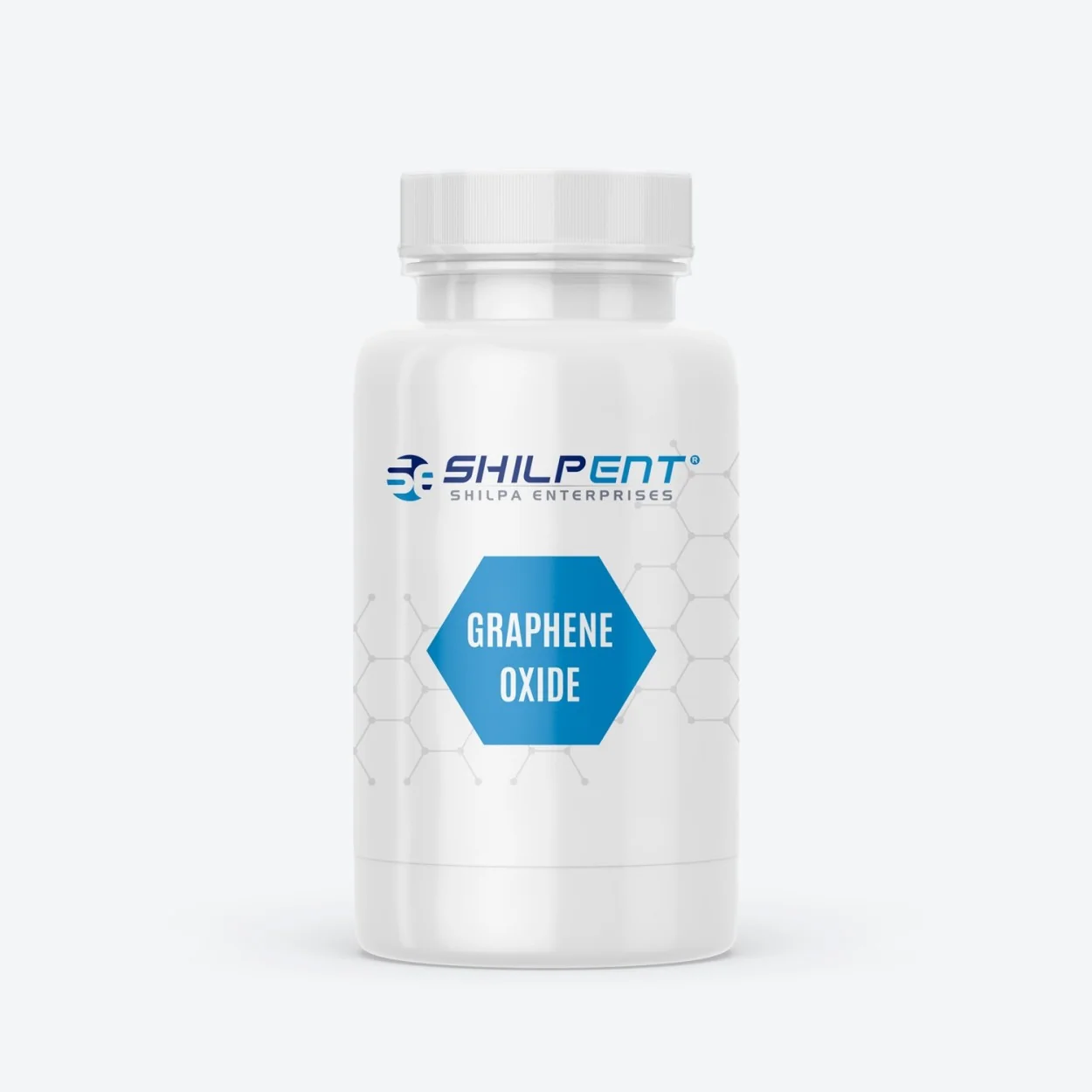Details and Specifications of Graphene Oxide
Graphene Oxide Powder (GO) is a formulation of graphite being treated with oxidizers. The chemical bondage of carbon, oxygen, and hydrogen in ratios results in a yellowish solid bulk product with a C:O ratio between 2.1 and 2.9. Graphite is an allotrope of carbon and occurs naturally. It has stacked up layers of honeycomb lattice-shaped structure with a two-dimensional arrangement of graphene. It can be further processed to change or enhance some features to make it more efficient to use. Reduced GO (RGO), Chemically Modified Graphene (CMG), or Chemically Converted Graphene (CCG) are types that are derived from it.
At Shilpa Enterprises, we produce graphene oxide by the Modified Hummers Method. Alternatively, we sometimes use the chemical vapor deposition method, as it is convenient. Graphene oxide contains 77% carbon and 22% oxygen, whereas 1% other elements. The GO has a Carbon Purity of approximately 99% and a bulk density of 0.48g/cc. Our product has an excellent aspect ratio where the length of the product reaches 5 to 10μm. It is black in color with 1 to 3 layers having a thickness of about 2 to 4 nanometers. It has a very high electro-sorption capacity.
We sell regular as well as customized pack sizes of Graphene oxide powder. It is also available in disperse form. Researchers can also find relatable and helpful functional groups of graphene oxide at a low-cost, exhibiting the best quality possible.
Properties
- Dispersion In Water – Graphene oxide contains oxygen and hydrogen; it disperses quickly in water and organic solvents. When this material combines with polymers or ceramics, it increases the electrical and mechanical properties of it.
- Insulation – Due to the sp2 bonding networks, it acts as an insulator in matters of electrical conductivity.
- Hygroscopicity – The functional groups (hydroxyl, epoxy, and carboxyl groups) of Graphene oxide are very hydrophilic. They absorb water in the gaps between the layers.
- Reactivity – The GO is highly reactive with various chemicals, significantly reducing reagents.
- Stress Tolerance – It is one of the most rigid materials on earth. Graphene has toughness six times more than that of a diamond, and yet it is light in weight than steel.
- Thermal Conductivity – The GO acts as a heat insulator where it can withstand 5300 W⋅m−1⋅K−1.
- Toxicity – It behaves toxically on many bacteria resulting in having anti-bacterial properties.
Characterization Data of Graphene Oxide Powder
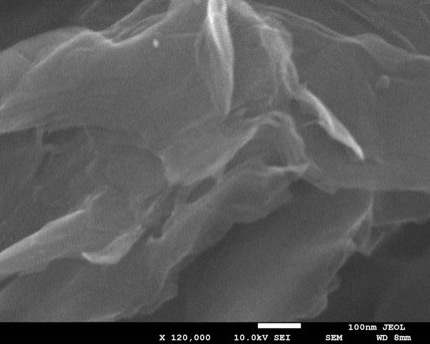
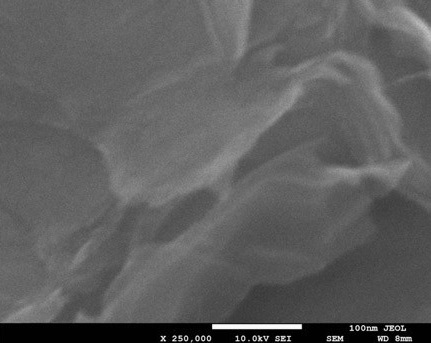
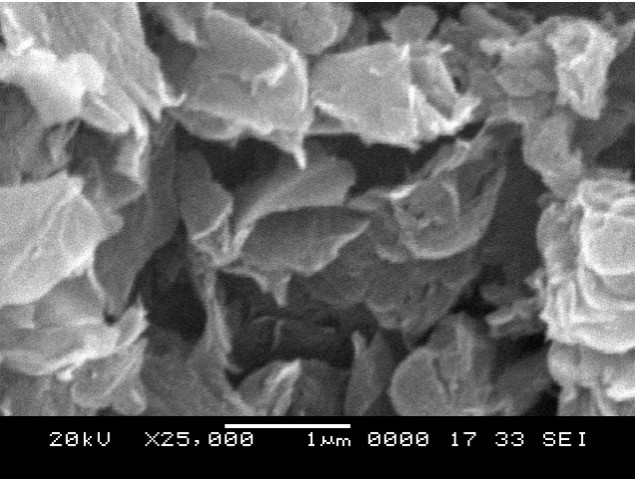
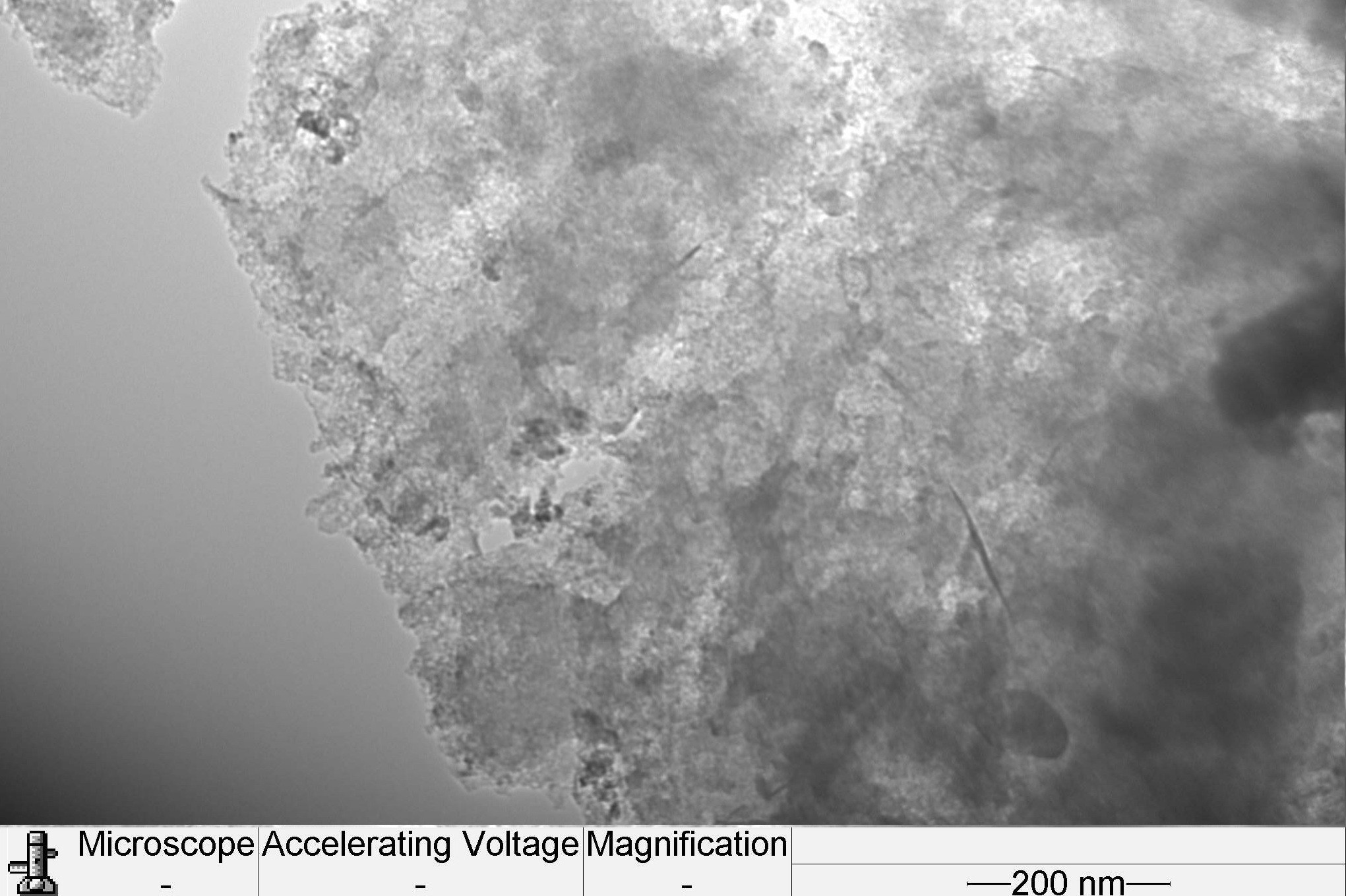
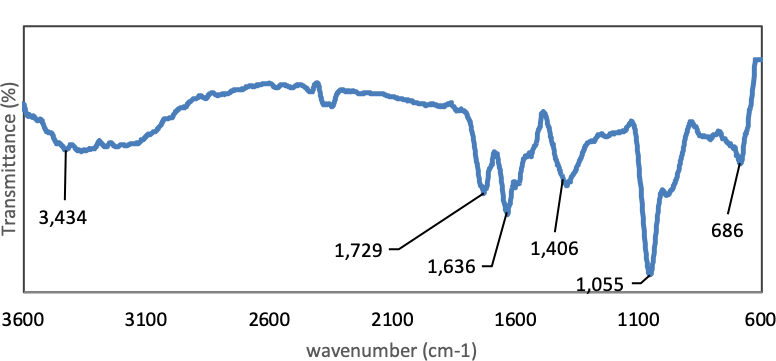
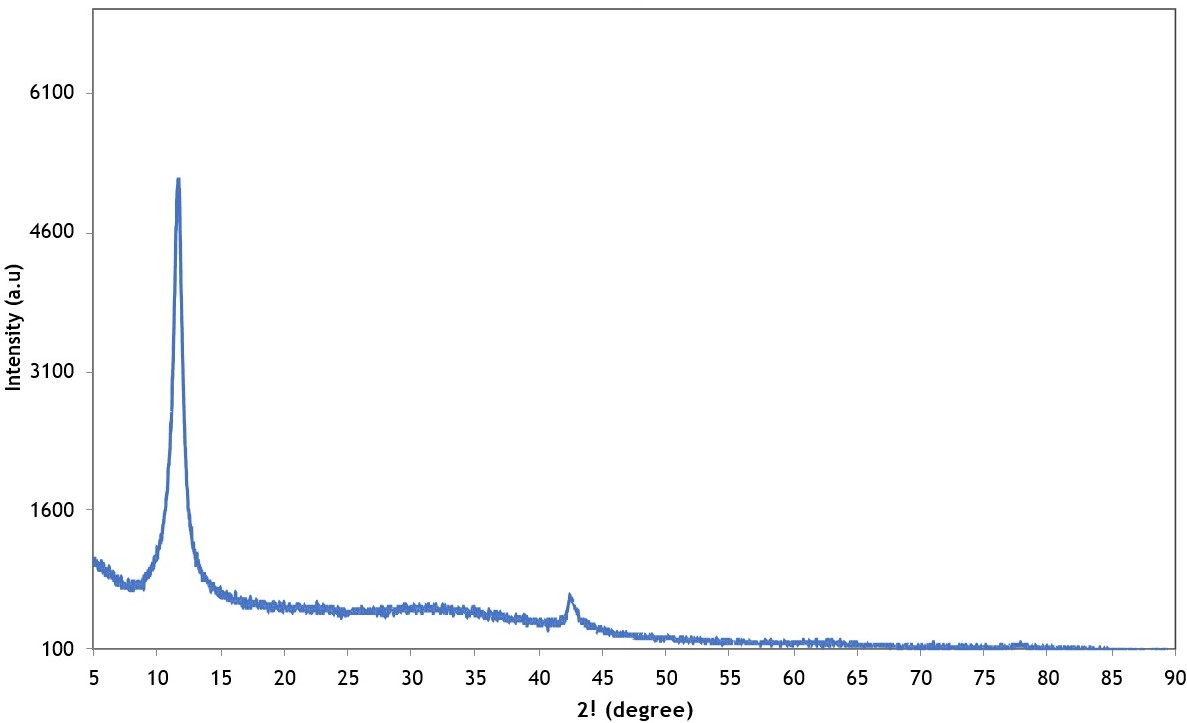
Applications of Graphene Oxide Powder
- Manufacturing Graphene: The GO has a differential conductivity between 1 and 5×10−3 S/cm at 10V. It acts as an insulator, conductor, and semiconductor. It disperses in water and leaves macroscopic flakes, which can further yield graphene through chemical reduction.
- Water filtration: In an experiment, the researchers layered graphene atoms in a honeycomb structure having 0.1 millimeters in width and length. It allowed the molecules of water to pass through it filtering all the impurities.
- Rechargeable battery electrode: Due to its conductivity property, it acts as a flexible freestanding battery anode for lithium-ion and sodium-ion batteries at room temperature. It is useful in making low-cost lithium-ion batteries.
- Graphene oxide lens: Communications, sensors, data storage demand for miniaturizing the devices. To maximum extent keeping the feature of it intact or even better.
- Coating and films: It is useful in making plastic films. Typically it is transparent optically and impermeable in dry conditions. After it comes in contact with water, it allows a few molecules to pass through it.
- Graphene Oxide Nanopowder quickly disperses in water or any solvent, including organic solvents.
- Wear the protective equipment and keep the base clean before starting the experiment.
- Take the necessary amount of product in a container as per the requirements of the experiment.
- Choose a solvent according to the needs of the experiment.
- Mix the solvent with the surfactant and pour this solution into the product
- Use an ultrasonic probe for mixing and note time.
Safety Measures
- The Graphene Oxide Powder comes under the category of a hazardous substance under the regulations of government guidelines if its consumption is in bulk.
- Researchers should avoid bringing the product too close to the eyes, nose, and mouth. It is better to wear masks, gloves, face shields, goggles, and PPE kits to avoid any direct exposure.
- If the product encounters eyes, wash them with cold water. Do not rub the eyes briskly.
- Do not inhale the Oxide as the particles can enter the respiratory tract. If inhalation of the powder or any gases occurs mistakenly, rush to get open air.
- Gargle with water if the Oxide has accidentally swallowed. The oxide does not harm if exposed to small quantities; however, if one feels nauseous or vomits, rush them to the hospital immediately.
- Do not clean the dry Oxide if it spills on the ground. Use a wet cloth to clean the oxide.
- Follow the government regulations for the safe disposal of the residue oxide.
Why Choose Us
Shilpa Enterprises is a firm based in Nagpur that deals with products related to the chemical industry. We thrive with a passion for quality and perfection. Our team includes highly trained and qualified people who have over 10+ years of experience in this field. We have expertise in designing, manufacturing, and supplying materials in nanotechnology, and we are one of the leading suppliers of industrial and research equipment. We offer customization of Graphene Oxide at a low cost when the order is in bulk; with this, we take full responsibility for the product's timely service and delivery.
